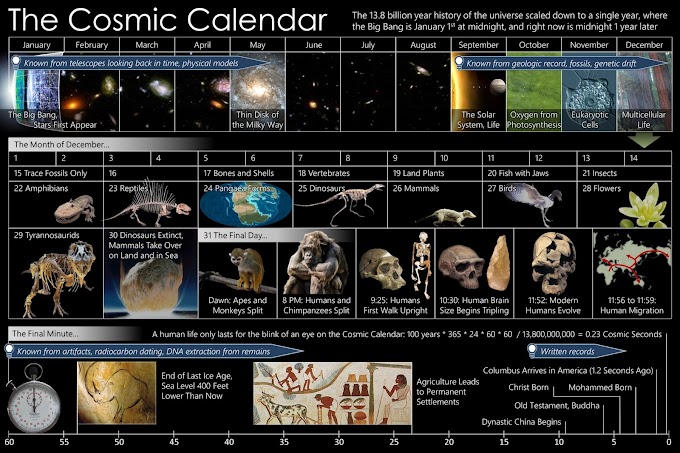Nature
When the word desert is mentioned, almost immediately we think of large areas of sand, lots of sun and high temperatures ... and we have always been taught that Sahara desert is the largest in the world, but that is false...
Sahara desert extends to more than 9 065 000 km², almost as large as China or the United States, but not only is it not the largest desert in the world, but it is also not the second largest, in fact it ranks third.
The common mistake is to define a desert as a long stretch of very arid terrain, with very little or no rainfall at all, and high temperatures, but in reality, for a desert to be considered as such, it only needs to be dry and inhospitable, with very low rainfall. Based on this classification, it can be concluded that the vast expanses of very cold and dry climates are also deserted, therefore, the largest desert in the world is none other than Antarctica, located completely at the southern end of our planet , almost entirely south of the Antarctic polar circle, it also contains the geographical south pole and it is surrounded by the Antarctic Ocean.
Antarctica has an area of 13,829,430 km² and is 98% covered with ice, with an average of 1.9 km thick. While it is true that there lies around 90% of the stored water on our planet, extremely low temperatures keep it frozen and inaccessible, in addition, Antarctica receives annual rainfall of only 200mm in the coastal area and much less inland (less than in Sahara or any other desert), while it has reached temperatures of up to -89.2 ° C, and an average of -63 ° C in the colder months.
Finally, the second largest desert in the world is the Arctic, that is, the region around the North Pole, with an area of 16,500,000 km², and although it is an area with enough presence of life, it is a region with quite unique characteristics, but it fits perfectly with the definition of desert already explained.
SAHARA DESERT IS NOT THE LARGEST IN THE WORLD
Josher
December 19, 2019
When the word desert is mentioned, almost immediately we think of large areas of sand, lots of sun and high temperatures ... and we have always been taught that Sahara desert is the largest in the world, but that is false...
Sahara desert extends to more than 9 065 000 km², almost as large as China or the United States, but not only is it not the largest desert in the world, but it is also not the second largest, in fact it ranks third.
The common mistake is to define a desert as a long stretch of very arid terrain, with very little or no rainfall at all, and high temperatures, but in reality, for a desert to be considered as such, it only needs to be dry and inhospitable, with very low rainfall. Based on this classification, it can be concluded that the vast expanses of very cold and dry climates are also deserted, therefore, the largest desert in the world is none other than Antarctica, located completely at the southern end of our planet , almost entirely south of the Antarctic polar circle, it also contains the geographical south pole and it is surrounded by the Antarctic Ocean.
Antarctica has an area of 13,829,430 km² and is 98% covered with ice, with an average of 1.9 km thick. While it is true that there lies around 90% of the stored water on our planet, extremely low temperatures keep it frozen and inaccessible, in addition, Antarctica receives annual rainfall of only 200mm in the coastal area and much less inland (less than in Sahara or any other desert), while it has reached temperatures of up to -89.2 ° C, and an average of -63 ° C in the colder months.
Finally, the second largest desert in the world is the Arctic, that is, the region around the North Pole, with an area of 16,500,000 km², and although it is an area with enough presence of life, it is a region with quite unique characteristics, but it fits perfectly with the definition of desert already explained.
Featured Article
Facebook Page
Popular
Recent
[getWidget results="3" label="recent" type="list"]
Comments
[getWidget results="3" label="comments" type="list"]
Follow this Site
- [getSocial type="facebook" link="https://www.facebook.com/Josher.Official/"]
- [getSocial type="twitter" link="https://twitter.com/Josher_33"]
- [getSocial type="instagram" link="https://www.instagram.com/josher__/"]
- [getSocial type="linkedin" link="https://www.linkedin.com/in/jeusefhershall/"]
Archive
Random Articles
[getWidget results="4" label="random" type="list"]
Contact Form
Design by Blogger Templates








0 Comments